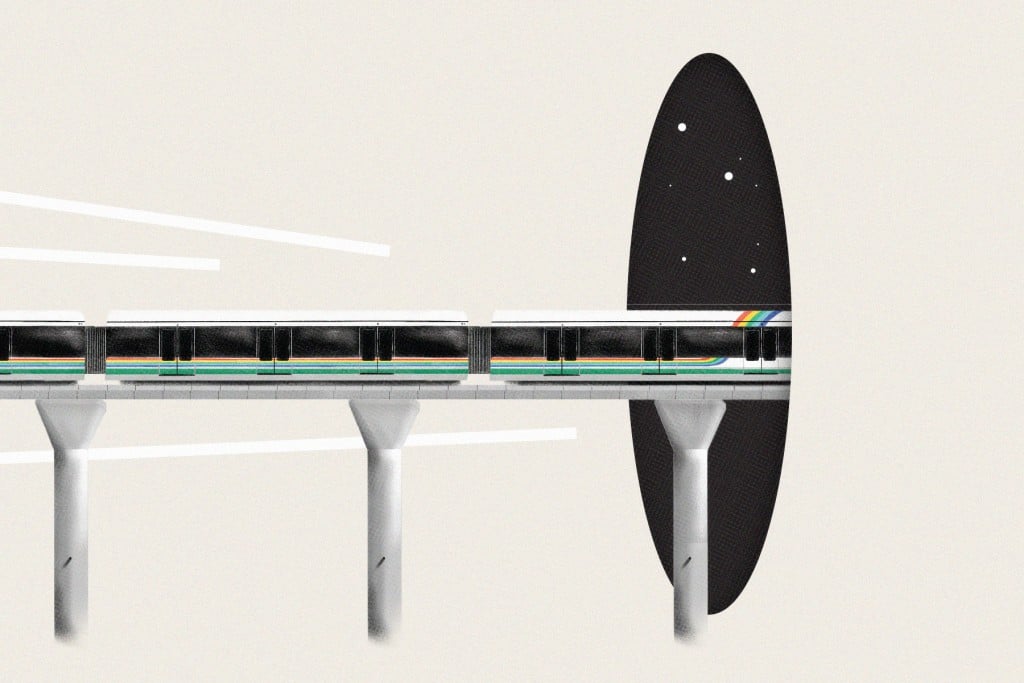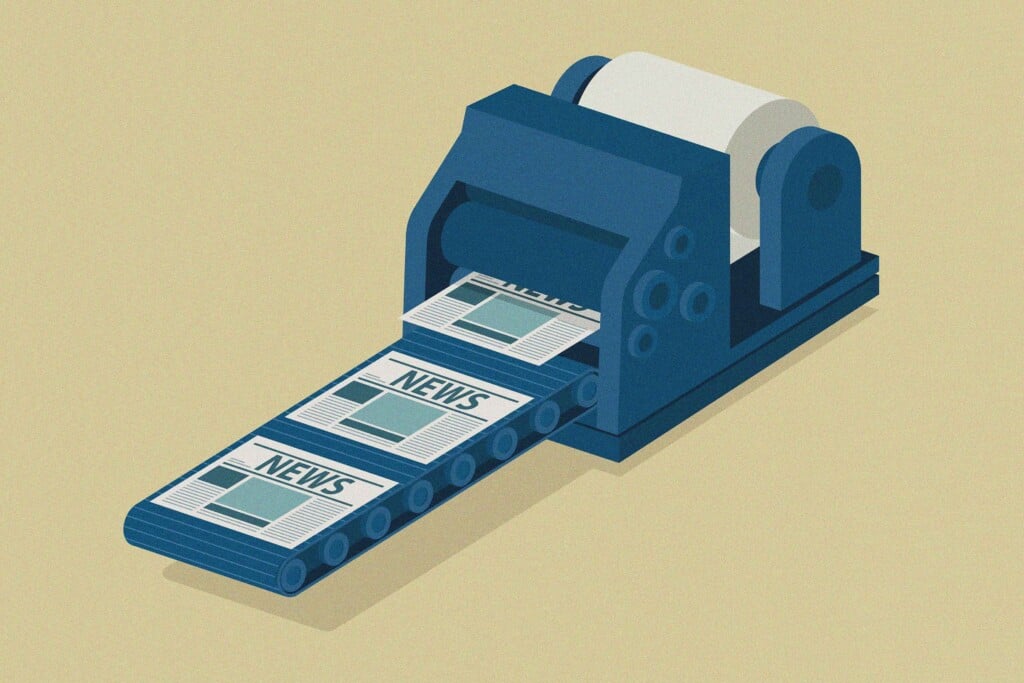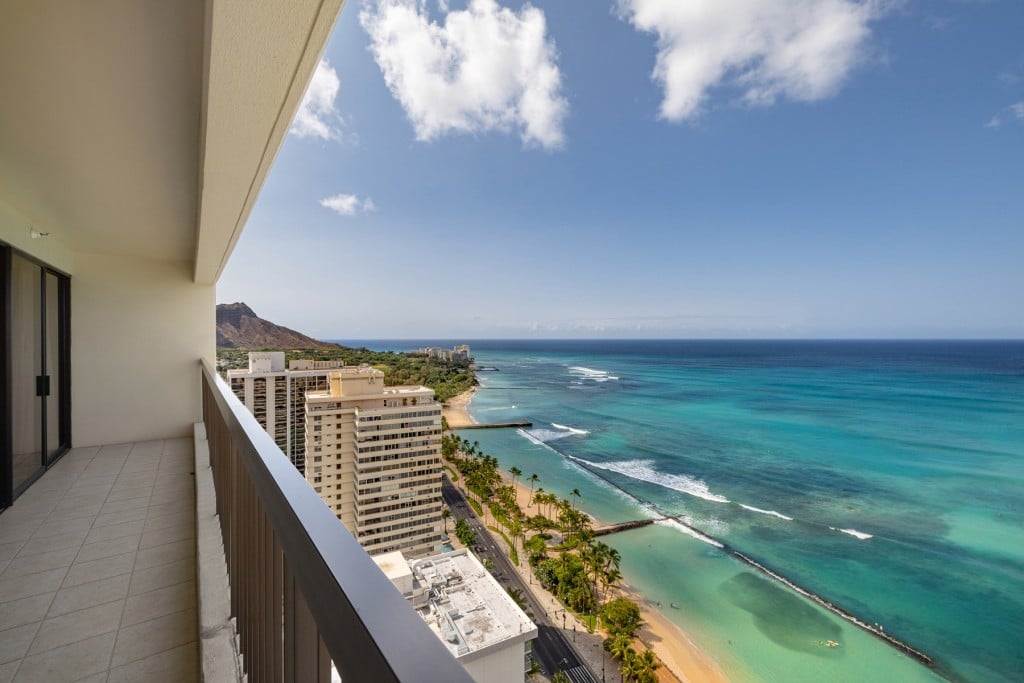The Night Rail First Died and What’s Next
Hawaii Business Magazine’s editor talks about the Honolulu City Council vote that changed the fate of the previous attempt to build rail.

I was exhausted and hoping for a quiet night in the Honolulu Star-Bulletin newsroom.
It was Tuesday, Sept. 22, 1992, and just 11 days earlier Hurricane Iniki had devastated Kaua‘i, destroying homes and businesses and leaving six people dead. I and the paper’s entire team of reporters, photographers and editors had been pulling long hours on little sleep while covering what would become the biggest local story of the decade.
On top of that, my active and energetic son had just turned 2 and was not yet in preschool. My wife was teaching journalism at UH Mānoa during the days while I chased after James. Then every afternoon at 3, we would meet in the garage of our home and I would hand our boy to her and drive into work at the Newspaper Building at Kapi‘olani Boulevard and South Street.
Back then, the Star-Bulletin published in the afternoons. We had the biggest paper in town because most people were still in the habit of coming home from work and reading their newspaper in the evenings – before, after or during dinner.
The newsroom was crowded in the mornings and afternoons, but there were few of us working after 6. Jeanne Mariani was the only reporter on duty that Tuesday evening, covering a late vote by the Honolulu City Council, but it was the third vote on legislation that had already received 5-4 votes in favor twice in the past seven weeks. Yawn, right?
Turnaround Vote
Late that night, Mariani called and it was her energy that I heard more than her words, which were something like: “Rene Mansho changed her vote! She killed the bill.” So much for a quiet night.
What died that night was the authorization for a 0.5% general excise tax surcharge on O‘ahu that would have provided local funding for a Honolulu rail project that already had been promised federal money. Mayor Frank Fasi tried but failed to revive what would have been his legacy project.
Mansho was a hero to rail’s opponents and a villain to its supporters, but of course there were four other “no” votes on the City Council. Leigh-Wai Doo, Gary Gill, Donna Mercado Kim and Andy Mirikitani voted for the tax increase on that Tuesday evening, as they had done in earlier votes. John DeSoto, John Henry Felix, Steve Holmes and then-Council Chair Arnold Morgado remained opposed throughout the process and Mansho joined them that night.
When the idea of rail was revived more than a decade later, Mansho’s change of heart was remembered and the funding strategy was reversed: local funding was secured first before federal dollars were sought.
Postscripts and Updates
There are a pair of postscripts to that night, one tragic and one ironic. In the tragic postscript, Mansho continued to serve on the City Council until 2001, when prosecutors charged her with stealing city funds and money from her campaign account. She pleaded guilty and ended up spending a year in jail.
In the ironic postscript: Mariani, one of the youngest people on the Star-Bulletin staff in 1992, continued a successful career in journalism in California before returning home to be The Honolulu Advertiser’s editorial page editor. After the paper closed, she served as director of communications for the current Honolulu rail project from 2011 to 2016.
That rail project is at a literal crossroads today: a $3.5 billion shortfall and hard choices about where and how to finish the project. That’s why Staff Writer Noelle Fujii-Oride has spent much of the past four months digging into cost overruns, audits, reports and meeting minutes to explain how rail’s price soared to $12.45 billion and why the completion date is now 11 years behind schedule.
The overall perspective she provides is crucial as Honolulu considers how to move forward. I recommend you read her report here.






